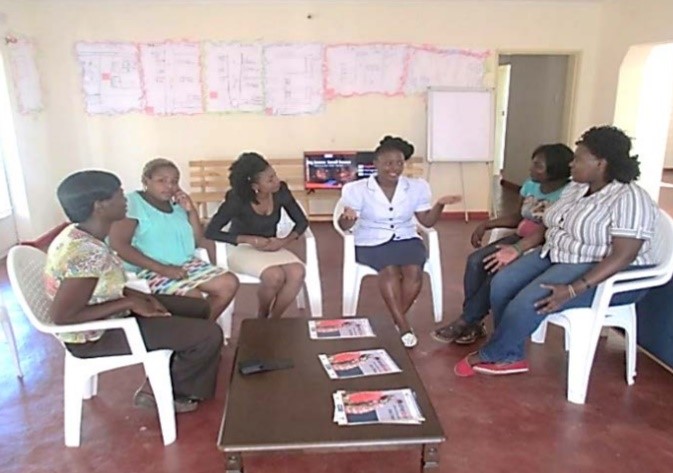Written by LINKAGES Malawi staff.
Differentiated antiretroviral therapy (ART) delivery, a part of differentiated care, aims to improve retention and viral suppression by optimizing drug and care delivery. Models fall into four categories: health care worker-managed groups, client-managed groups, facility-based individual, and out-of-facility individual. The case studies presented in this four-part series come from the USAID– and PEPFAR-supported LINKAGES project in Botswana, Haiti, Kenya, and Malawi. They are examples of the out-of-facility individual model, sometimes referred to as the community model, and can be found in Differentiated Care for Antiretroviral Therapy for Key Populations: Case Examples from the LINKAGES Project.
In Malawi, HIV prevalence is 8.8 percent among the general population and much higher among key populations: 17.5 percent for men who have sex with men (MSM) and 63 percent for female sex workers (FSWs). In addition, 24 to 34 percent of people within the general population do not know their HIV status, and an estimated 14 percent of those who know that they are HIV positive are not yet on treatment. Data on the treatment gap among key populations (KPs) are limited, but the prevailing structural barriers such as stigma and discrimination, a hostile legal environment, and unfriendly health care services suggest a much higher gap. As one FSW explained during a support group meeting, “We would rather miss [treatment] or buy ART from dubious sources than queue at an ART clinic within a hospital facility to avoid meeting our clients or potential clients who would in turn dump us if they see us at the ART clinic.”

An ongoing peer education session takes place at a Malawi drop-in center.
In response to concerns like this, LINKAGES Malawi collaborated with the government’s HIV/AIDS department and district health officers to develop and operate drop-in centers for FSWs and MSM in two of the project’s six operational districts. Drop-in centers offer a welcoming space for these key population individuals to receive one-on-one or group counseling and HIV and/or STI prevention commodities such as condoms. The services at the drop-in centers, which include ART provision, are provided by clinicians and nurses from government-run or private-sector health care facilities on specific days of the week and by LINKAGES clinical staff who are trained in HIV service provision. The project also recruited peer navigators (HIV-positive FSWs) who volunteer to support their peers with counseling and adherence to ART. Apart from the use of the drop-in centers, people living with HIV are also recruited through daylight and moonlight outreach via mobile clinics at hot spots to jointly supported and run by LINKAGES, the Ministry of Health, and other stakeholders.
Of the 1,278 FSWs on ART within the LINKAGES Malawi project in FY17, 66 percent were initiated and retained on treatment through the drop-in centers (Blantyre [487] and Mangochi [353]) and 34 percent through other facilities. At the drop-in centers, links to ART among those who tested HIV positive were 97 percent, with 100 percent still retained on treatment.
“LINKAGES offers an excellent and unique approach to delivering the HIV prevention, care, and treatment package to complement the traditional public health approach, but as a country we need to improve the comprehensiveness of our business so that we adequately reach out to all unique groups, including key populations, with HIV services.” – Frank Chimbwandira, deputy director of HIV/AIDS department, during a visit to a drop-in center
